Ranitidine is a histamine H₂-receptor antagonist (H₂ blocker) that reduces stomach acid production. It was commonly prescribed for conditions like gastroesophageal reflux disease (GERD), peptic ulcers, Zollinger-Ellison syndrome, and heartburn. However, due to safety concerns over N-nitrosodimethylamine (NDMA), a potential carcinogen, ranitidine has been withdrawn from the market in many countries, including the United States.
Key Features of Ranitidine:
1. Mechanism of Action:
- Ranitidine blocks histamine H₂ receptors on the parietal cells of the stomach, reducing the production of stomach acid.
- This helps to relieve symptoms of acid-related conditions and promotes the healing of ulcers.
2. Historical Uses of Ranitidine:
- Gastroesophageal Reflux Disease (GERD): To relieve heartburn and acid reflux.
- Peptic Ulcers: To treat and prevent gastric and duodenal ulcers.
- Zollinger-Ellison Syndrome: A rare disorder characterized by tumors in the pancreas or duodenum, leading to excessive stomach acid production and severe peptic ulcers.
- Heartburn and Indigestion: For symptomatic relief.
Dosage (Before Market Withdrawal):
- GERD and Ulcers: 150 mg twice daily or 300 mg once daily.
- Zollinger-Ellison Syndrome: 150 mg three times daily, adjusted based on response.
- Heartburn: 75–150 mg as needed, up to twice daily.
Advantages of Ranitidine:
1. Effective Acid Reduction: Provided significant relief from acid-related symptoms.
2. Over-the-Counter Availability: Was widely available without a prescription for heartburn and indigestion.
3. Low Cost: An affordable option for acid suppression.
Side Effects of Ranitidine:
Ranitidine was generally well-tolerated, but side effects could occur:
1. Common Side Effects:
- Headache.
- Constipation or diarrhea.
- Nausea or vomiting.
2. Serious Side Effects (Rare):
- Liver Toxicity: Elevated liver enzymes or hepatitis.
- Blood Disorders: Thrombocytopenia or leukopenia.
- Confusion or Hallucinations: More common in elderly patients.
Who Should NOT Use Ranitidine?
- Hypersensitivity to ranitidine or other H₂ blockers.
- Porphyria: A rare metabolic disorder.
Drug Interactions:
- Ketoconazole or Itraconazole: Reduced absorption due to decreased stomach acid.
- Warfarin: Ranitidine may increase the risk of bleeding.
- Procainamide: Ranitidine may increase procainamide levels.
Precautions When Using Ranitidine:
1. Kidney Function: Dose adjustment was required for patients with kidney impairment.
2. Elderly Patients: Increased risk of side effects like confusion or hallucinations.
3. Pregnancy and Breastfeeding: Generally regarded as safe; however, use only when necessary.
Why Was Ranitidine Withdrawn from the Market?
- In 2020, ranitidine was withdrawn from the market in many countries due to concerns about NDMA contamination, a potential carcinogen.
- Patients were advised to switch to alternative medications, such as famotidine (another H₂ blocker) or proton pump inhibitors (PPIs) like omeprazole.
Comparison: Ranitidine vs. Other Acid-Suppressing Drugs:
| Feature | Ranitidine | Famotidine | Omeprazole |
|---|---|---|---|
| Mechanism | H₂ blocker | H₂ blocker | Proton pump inhibitor |
| Onset of Action | 1–2 hours | 1–2 hours | 1–4 hours |
| Duration of Action | 8–12 hours | 10–12 hours | 24 hours |
| Market Status | Withdrawn (safety concerns) | Available | Available |
Conclusion:
Ranitidine was a widely used medication for treating acid reflux, ulcers, and GERD, but its market withdrawal due to NDMA contamination led to the rise of safer alternatives like famotidine and PPIs. If you were using ranitidine, consult your doctor for alternative acid-suppressing medications. Always follow your healthcare provider’s advice regarding medication changes.









